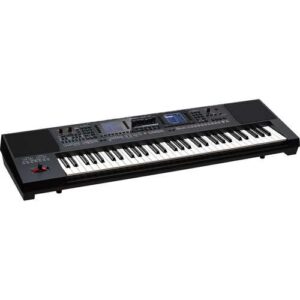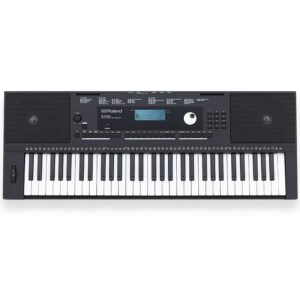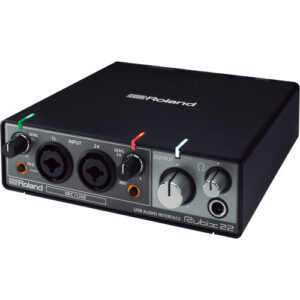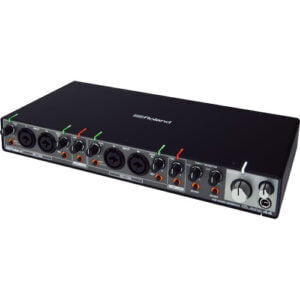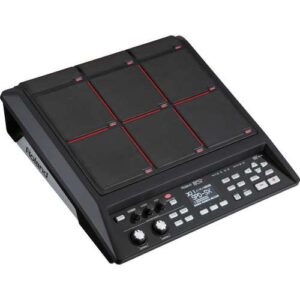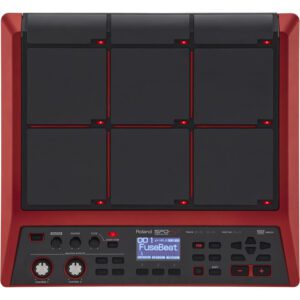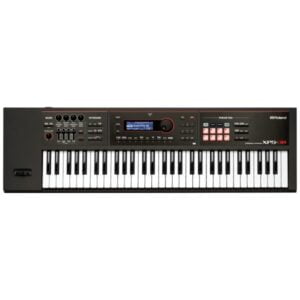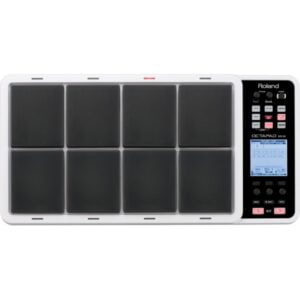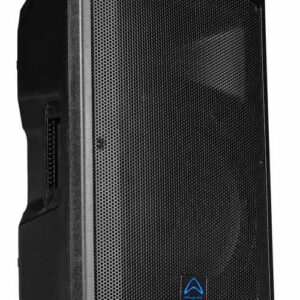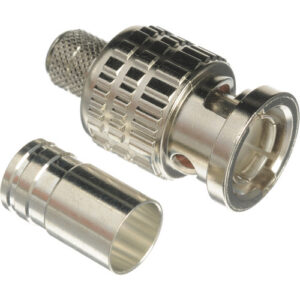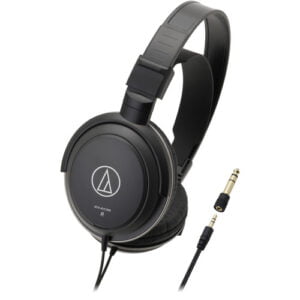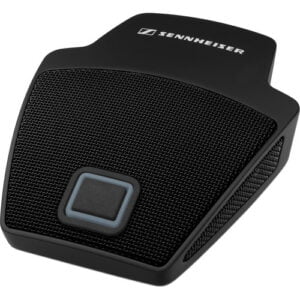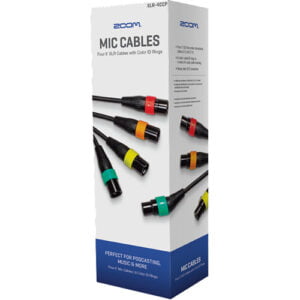1970s
Having created Ace Electronic Industries Inc in 1960, Ikutaro Kakehashi founded Roland in Osaka on April 18, 1972.[7] While rival companies Moog and ARP targeted professional musicians and academics, Kakehashi, who had no musical training, wanted to appeal to amateurs and hobbyists, and focused on miniaturization, affordability, and simplicity.[8]
Jazz Chorus JC-120 (1975)
MC-8 MicroComposer (1977)
The “Roland” name was selected for export purposes, as Kakehashi was interested in a name that was easy to pronounce for his worldwide target markets. The name was found in a telephone directory, and Kakehashi was satisfied with the simple two-syllable word and its soft consonants. The letter “R” was chosen because it was not used by many other music equipment companies, and would therefore stand out in trade show directories and industry listings. Kakehashi did not learn of the French epic poem The Song of Roland until later.[9]
With seven employees from his former company, a rented shed, and $100,000, Kakehashi built on his experience at Ace, introducing a drum machine, the TR-77 or Rhythm 77, as Roland’s first product, followed by the TR-33 and TR-55 released that same year. In 1973, Roland introduced the first compact synthesizer produced in Japan and the first synthesizer produced by Roland, the SH-1000, as well as their first non-preset synthesizer, the SH-3.[citation needed]
The company was also manufacturing effects pedals, introducing the RE-201 Space Echo in 1974, and expanding into guitar amplifiers the following year with the JC-60 and JC-120 Jazz Chorus, whose chorus circuit would become the first Boss Corporation product, the CE-1 Chorus Ensemble, the following year. In 1976, Roland introduced the semi-modular System 100 and the modular System 700 synthesizers.
 Yamaha HS8 Powered Studio Monitor (Pair)
2 × ₨ 265,000
Yamaha HS8 Powered Studio Monitor (Pair)
2 × ₨ 265,000 Behringer B-1 Condenser Microphone - Silver
1 × ₨ 45,000
Behringer B-1 Condenser Microphone - Silver
1 × ₨ 45,000 M-Audio Keystation 61 MK3 61-Key USB-Powered MIDI Controller
1 × ₨ 75,000
M-Audio Keystation 61 MK3 61-Key USB-Powered MIDI Controller
1 × ₨ 75,000
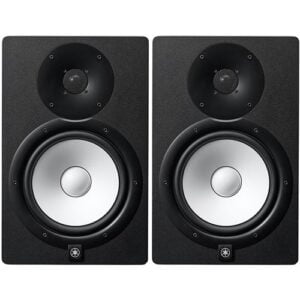 Yamaha HS8 Powered Studio Monitor (Pair)
Yamaha HS8 Powered Studio Monitor (Pair) 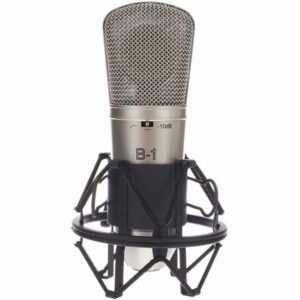 Behringer B-1 Condenser Microphone - Silver
Behringer B-1 Condenser Microphone - Silver 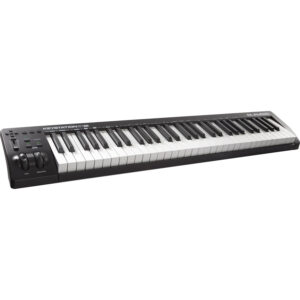 M-Audio Keystation 61 MK3 61-Key USB-Powered MIDI Controller
M-Audio Keystation 61 MK3 61-Key USB-Powered MIDI Controller 
